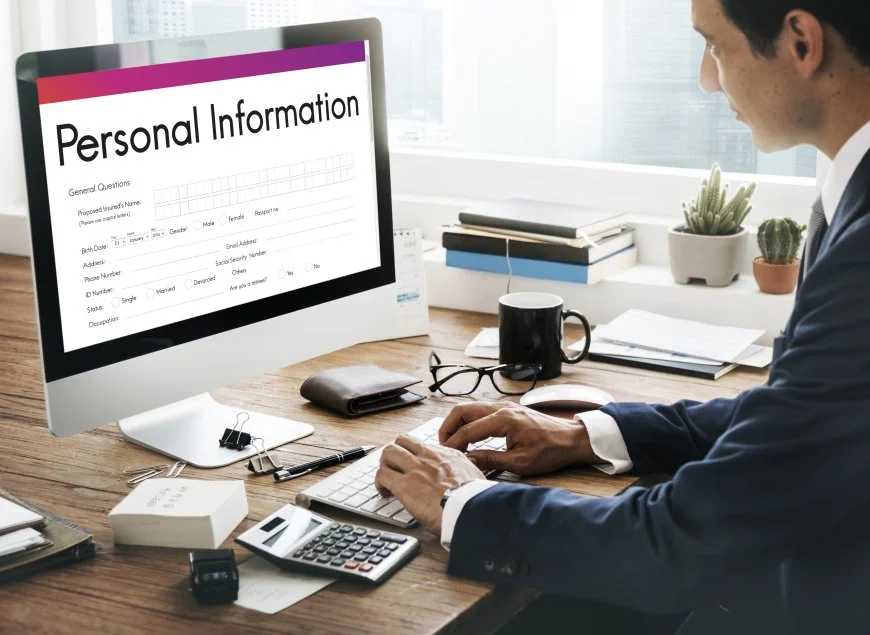An All Covering Guide on Dynamics 365 Portal
- CRMJetty

- Jun 29, 2022
- 2 min read
or exceptional customer experience it is imperative to provide prompt response to your customers.
To achieve that, organizations are providing the option of self-service to their customers.
Statistics reveal that 67% of customers prefer serving themselves than talking with a customer service representative.
Considering this very idea of self-service, we will be discussing how Dynamics 365 portal can help you bring more efficiency to your business operations.

An outline of all the topics this post covers:
What are Dynamics 356 Portals?
Dynamics 365 Portal for different user groups
Is PowerApps the one and only solution? Ummm.. Maybe not!
Meet PortalXpand: Robust features, sleek interface; at an economic price
What are Dynamics 356 Portals?
I know there’s no point telling you the whole story, but just for the record. Dynamics 365 portals are websites that extend the functionality of your Dynamics 365.
Think of them as a booster dose. It’s only going to be more helpful. Such additional functionality is going to lead to more collaboration, better engagement, and great CX.
You can create a Dynamics 365 portal, and provide it to your customers or business partners or employees for streamlined communication.
As far as the structure and functionality of Dynamics 365 portals is concerned, here are the most crucial elements that a portal should have.
A web page that displays all the relevant information that a user can see. To create pages, you can use templates, layouts, and other design components of the Dynamics 365 portal.
A portal has entity forms (single-step forms) as well as web forms (multi-step forms) that you can add to web pages.
You can also use widgets and pages to also create knowledge articles, frequently asked questions, and such.
You can create content snippets. These are a small section of editable content that you can place on any web page or template of the portal.
Original Source: https://www.crmjetty.com/blog/dynamics-365-portal-guide/




Comments